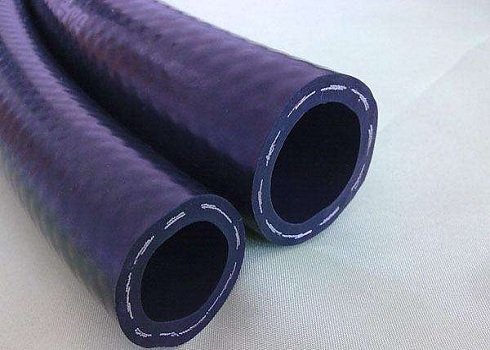SunSirs: New Production Capacity Impacted the Price of NBR to Fall sharply in 2022
January 06 2023 10:58:04 SunSirs (Selena)
In 2022, the market price of NBR will decline significantly. As of December 31, the price of NBR was 15,100 RMB/ton, down 37.34% from 24,100 RMB/ton at the beginning of the year. Specifically, the market trend of NBR in 2022 mainly presents three stages: first, the price of raw butadiene rises sharply from the beginning of the year to the end of April, but in the later period, COVID-19 disperses in many places, and it is difficult to improve the control of downstream construction. Under the comprehensive influence, NBR fluctuates in a narrow range, with the low point of 23,700 RMB/ton in the cycle, the high point of 24,550 RMB/ton, and the amplitude of 3.59%. Second, under the impact of new capacity and weak demand, it began to decline sharply in May, from 24,550 RMB/ton to 15,762 RMB/ton on August 11, a decline of 35.79%. Third, after the impact of new production capacity in the third and fourth quarters, NBR was close to the new balance point of supply and demand. In addition, the demand did not improve significantly. From the middle to late August to December 21, the NBR market showed a slight fluctuation at the bottom of the stage. The low point in the cycle was 15,000 RMB/ton, the high point was 17,000 RMB/ton, and the amplitude was 13.33%.
Supply side: The pressure on the supply side of NBR increased in 2022, which will drag down the price of NBR. According to SunSirs, Lanzhou Petrochemical added 35,000 t/a capacity on the basis of the original 65,000 t/a capacity in 2022. In the middle of May 2022, qualified products was produced after the new plant is formally put into production. Later, as the products with new capacity are put on the market, they will have an impact on the domestic NBR market. In addition, in the middle and high temperature of the year, the downstream construction of power rationing was low, and the price of NBR will go down all the way.
Demand side: The global economy will slow down in 2022, the overall demand for NBR was weak, and the support for NBR was weak, which will drag down the price of NBR. According to the statistics of China Rubber Association, from January to October 2022, the inventory of most professional finished products showed a growth trend, including tire growth of 13.73%, bicycle tire growth of 9.05%, rubber hose and tape growth of 10.99%, rubber products growth of 10.59%, and rubber shoes growth of 26.29%.
On the cost side: In 2022, the raw material butadiene market will first rise sharply and then fall in shock, and the price will generally rise in the whole year; Raw material acrylonitrile market fluctuated and fell. It can be seen from the price trend comparison chart of SunSirs that the consistency of 2022 raw materials and NBR market trend is relatively low, and the cost has no obvious impact on NBR market.
SunSirs NBR analysts believe that there will still be pressure on the supply side of NBR in 2023. On the one hand, after the completion of the new Langshengtai Rubber Plant, the production capacity of NBR will increase from 30,000 tons to 40,000 tons. In addition, Jinpuyingsa still has a production capacity of 30,000 tons, which will depend on the market situation.
Demand side: It is understood that the International Monetary Fund (IMF) believes that the global economic growth will slow to 2.7% in 2023. It is estimated that about one-third of the world's economies will shrink in 2023. It is estimated that the global demand for NBR will still face pressure in 2023.
In general, the market of NBR will hardly improve in 2023. Affected by the light and peak seasons, the price will rise in the first half of the year and fall again in the second half of the year. The price will fluctuate between 14,000 RMB/ton and 20,000 RMB/ton.
If you have any questions, please feel free to contact SunSirs with support@sunsirs.com.
- 2025-10-23 SunSirs: Consolidation of the Weak Market Situation of China NBR
- 2025-10-21 SunSirs: Rubber and Plastics Industries Bulk Commodity Intelligence (October 21, 2025)
- 2025-10-16 SunSirs: China NBR Market Is Weak and Declining
- 2025-10-15 SunSirs: Double Increase in China Automobile Production and Sales in September Benefits Rubber Demand
- 2025-10-14 SunSirs: Rubber and Plastics Industries Bulk Commodity Intelligence (October 14, 2025)



